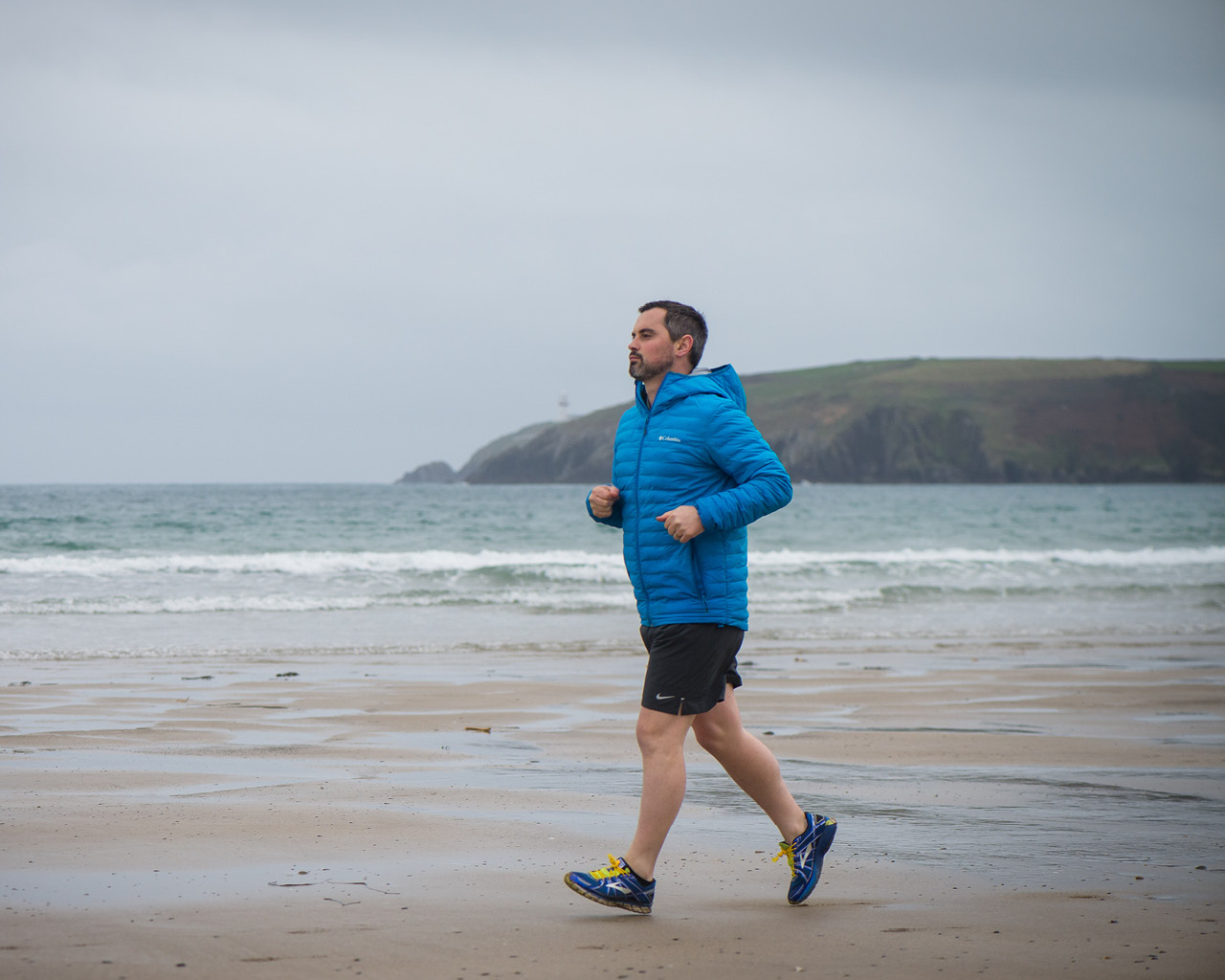Working from home? Here are some exercises to help with neck strain
If you’ve spent the last couple of weeks working from home, then chances are you might be experiencing some neck pain. To date, evidence talking about the health impact of prolonged workplace sitting comes from multiple sources. For example, life expectancy rates, diabetes levels, cardiovascular diseases and many, many more have all been attributed to increased sitting time. Ergonomics literature focuses on musculoskeletal disorders, where a part of the musculoskeletal system is injured over time through repetitive overuse. Jobs that require constrained sitting or standing postures are associated with an elevated incidence of musculoskeletal disorders, with estimates of the prevalence of musculoskeletal symptoms in computer users as high as 50%
In most cases when we think of workstation exercises, we think of the classic neck and back stretches like retraction, Side Flexion, Rotation, Flex/Ext stretching, but their long-term efficacy has been challenged in recent times. For an assessment at the workstation, the neck is the key, and therefore it is a great place to start. It is often the victim of other structures in the body not performing their duties correctly or it is under pressure due to poor positioning of other parts of the trunk. What if I told you that the neck was affected by other areas of the body?
Firstly, the position of the hips can affect the neck. When in a slumped position it has been shown to increase neck muscle activity, ie. increase greater compressive load on the neck. It makes sense though, that if your hips are down, it forces the head forward.
Second is the weight of the arms. When the shoulders/arms are dragging or pushed up, it has been shown to increase tension in the muscles of the neck such as Levator Scap and Upper Traps. When these muscles are abnormally loaded or overly loaded, the movement of the neck is reduced, and tension increased. Maybe your neck isn’t as tight as you first thought, may be is just overloaded?
There are 20 pairs of muscles in the neck muscle system and this reflects complexity of the area. If some don’t work then others will, but if the hips and shoulders/arms are working against this then it makes it much tougher to counteract. Both simply drag us down and when put into the context of sitting all day at a computer, over a long day and over several weeks, months and even years, this can have a detrimental effect!
Solution
The good news is that there are better solutions now. These are not the most common muscles talked about when discussing a workstation, but they have been shown to be effective in counteracting the effects of sitting postures in desk workers.
Serratus Anterior
What does this muscle do?
It controls forward rotation of the shoulder and acts as a stabiliser for the shoulder, shoulder blade and indirectly the neck. Simply put it is the support structure for this whole area. So, if the top of your neck is the problem, it stands to reason that supporting it from below will help to take some of the pressure off it. It has been shown that increased trapezius muscle activity with movements often shows corresponding weakness in serratus anterior, get this to work and it will help to spread the load!
Overall Effects: Overloaded upper traps, potential neck and top of the shoulders pain.
Signs of this affected: Constant neck tension that is worse at the end of the day, reduced range of movement especially when you are turning the neck and previous neck stretching did not have any long-lasting effects
Desk Exercise: Shoulder Y Slide
Description:
- Place your arms and forearms on the wall
- Slide them up the wall in a “Y” direction and maintain contact with the wall at all times
- Slowly lower the arms down after going up as high as you can
- Repeat 10 times
Note: Start with no weight and progress as able. Again, you should not feel any tension in the neck
Tensor Fascia Lata (TFL)
What does this muscle do?
The reason why we rarely hear of this muscle is because it controls a rarely thought about movement of your hip - internal rotation. The hip is named the “wrong way round”. So, when you cross your legs or ankles at work, you are putting your hips into external rotation by turning them in. Unfortunately, this habit is far more common in desk workers and so it reduces our hip internal rotation. Why is this important? Well the hip needs to rotate, to some degree, when we walk, run, lift, etc. We need it to be able to rotate in both directions. One of the tell tale signs of poor or stiff hip internal rotation when we sit is the crossing of the ankles. If you are constantly tucking one of your legs either up onto the chair wheels or up underneath you all together, usually your hips are forcing you to do this to find comfort or relief! This is so important to correct as it allows you to provide the rest of the body with a strong stable base to build from during your working day!
Overall Effects: It can influence the tension in your lower back and hips leading to pain and discomfort. Sometimes affect the knees when walking or running.
Signs of this affected: Unable to find a comfortable position for the legs while sitting. Always wanting to elevate them or tuck them in. They can often feel uneasy or dragging.
Hips Desk Exercise:
- Sit on the edge of your chair, hips in a neutral (not slumped or not overly straight) position
- Lift your leg straight up and rotate outwards (the exact opposite to crossing your legs)
- It is important not to move the leg to either side, just rotate from the hip and keep the leg facing forwards
- Hold for 5 to 10 seconds, repeat 10 times
Note: Expect the area to feel like it is cramping
Progress to holding for longer, rotating the leg further outwards and then add a band or weight to the ankles if possible
Conclusion
When it comes to effective desk exercises, it is time to think outside the box and get to the root of an issue rather than just continuing with the same old routine! Stable hips and shoulder and neck muscles working together is a great place to start!
During the months of April, May and June 2020, laya healthcare members can access unrestricted online physio appointments at no additional cost. You can book your appointment here.
Click here to watch Brian describe how to set up your home working space
Brian Crinnion is a Chartered Physiotherapist working in partnership with Spectrum Life and Laya Healthcare. His practical tips around ergonomics are designed to help people adapt to working from home





-(1).jpg)

